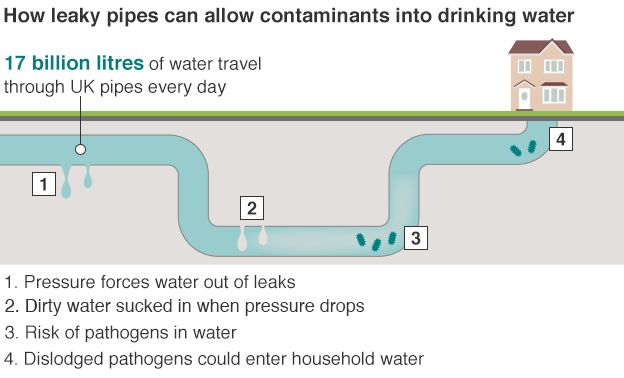When it involves choosing the ideal solar panels for your home, the choices can be overwhelming. Each kind provides unique advantages and compromises, making it critical to establish which elements align best with your goals. Whether your emphasis is on effectiveness, cost-effectiveness, or aesthetic appeals, there's a solar panel kind that can satisfy your needs. So, prior to you choose, think about the essential elements that will certainly impact your solar energy system's efficiency and suitability for your home.
Monocrystalline Solar Panels
When taking into consideration photovoltaic panels, you may stumble upon monocrystalline solar panels. These panels are recognized for their high efficiency prices because of their construction from a single constant crystal structure. This layout permits monocrystalline panels to execute better in reduced light conditions compared to various other sorts of solar panels. Furthermore, their streamlined black appearance makes them a prominent option for property installments, blending in flawlessly with the majority of roofs.
One key advantage of monocrystalline photovoltaic panels is their area efficiency. They call for much less area to produce the same amount of electricity as other solar panel types, making them optimal for homes with restricted roofing system room.
While monocrystalline panels often tend to be extra costly upfront, their long-lasting longevity and effectiveness commonly make them a cost-efficient financial investment in the realm of solar power. If you focus on effectiveness and aesthetic appeals in your solar panel choice, monocrystalline panels could be the best option for your home.
Polycrystalline Solar Panels
Polycrystalline photovoltaic panels, also known as multicrystalline solar panels, provide a different choice to monocrystalline panels. These panels are made from silicon crystals that are thawed together, creating a less consistent appearance contrasted to monocrystalline panels.
One of the key advantages of polycrystalline panels is their lower manufacturing expense, making them a more budget-friendly alternative for homeowners wanting to invest in solar energy.
While polycrystalline panels might have a somewhat reduced performance price compared to monocrystalline panels, they still provide a trustworthy and cost-efficient method to generate solar energy for your home. These panels perform well in high temperatures and are a long lasting choice for a variety of environments.
If you have a bigger roof covering room and are seeking to optimize your power manufacturing without breaking the financial institution, polycrystalline panels could be the appropriate choice for you.
When taking into consideration photovoltaic panel alternatives for your home, it's vital to consider the cost-effectiveness and efficiency of polycrystalline panels against your power requirements and budget plan restrictions.
Thin-Film Solar Panels
Proceeding to Thin-Film Solar Panels, these panels use a special option to standard silicon-based alternatives like polycrystalline panels. Thin- https://www.forbes.com/home-improvement/solar/solar-energy-pros-and-cons/ are lightweight and adaptable, making them easier to set up on various surfaces like curved roofs or wall surfaces. They're additionally extra cosmetically pleasing, blending in seamlessly with the design of your home.
However, relevant webpage to note that thin-film panels normally have reduced effectiveness prices contrasted to crystalline silicon panels. This indicates you might need more room to create the very same amount of power.
On how much is solar installation lining, thin-film panels do better in low-light conditions and have a reduced temperature coefficient, suggesting they can generate even more energy on warm days. If you have ample space and are searching for a flexible and visually attractive solar panel choice, thin-film panels could be a great selection for your home.
Conclusion
Finally, when picking the best photovoltaic panel type for your home, consider your power requires, spending plan, and room restraints. Monocrystalline panels provide high performance in restricted space, while polycrystalline panels supply an affordable choice with reputable efficiency. Thin-film panels give adaptability and visual charm but may have lower performance prices. By weighing these factors, you can pick the photovoltaic panel type that best fits your certain needs.
